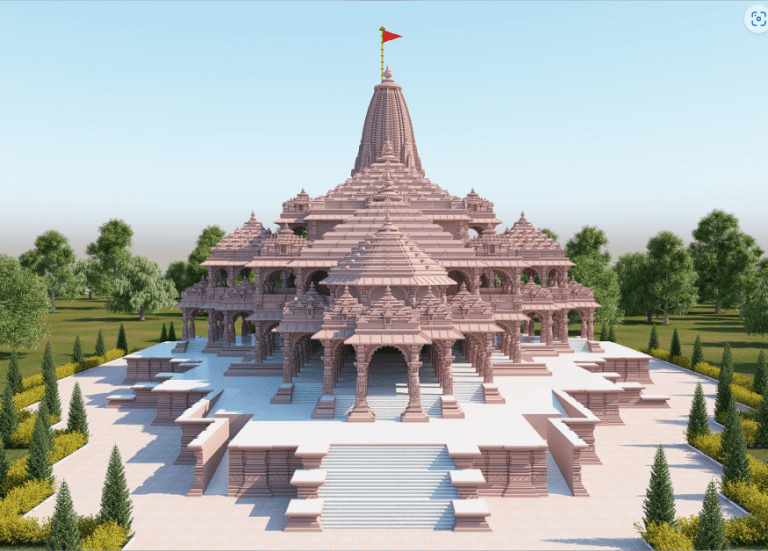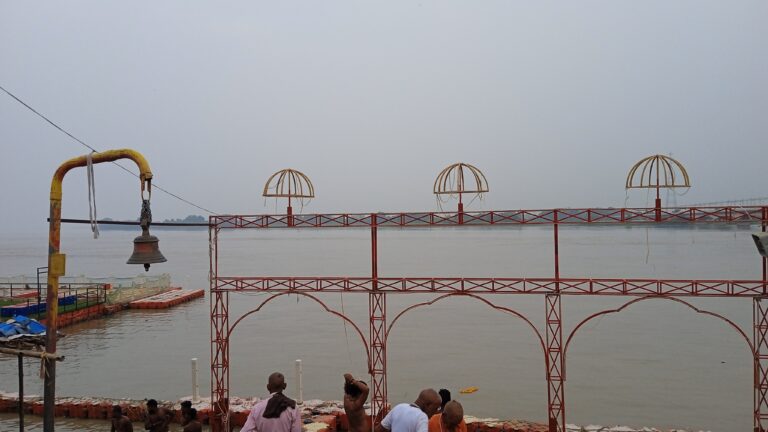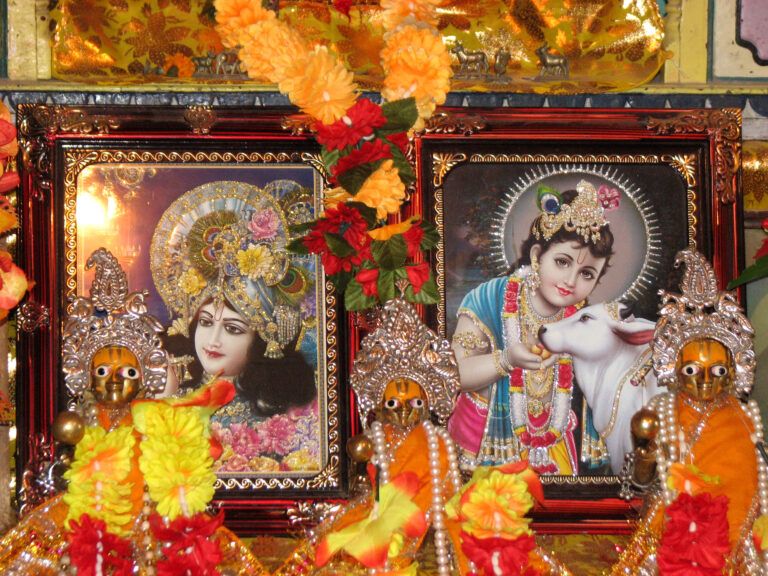The Darjeeling Himalayan Railway – UNESCO World Heritage Site
Chugging Through Himalayas
You are on a train journey weaving through lush green hills, mist-kissed valleys, and tea gardens, offering breathtaking panoramas with every winding curve. This is not a figment of imagination, but the very real experience aboard the Darjeeling Himalayan Railway (DHR), affectionately known as the “Toy Train” by the local people. A UNESCO World Heritage Site, this narrow-gauge railway isn’t just a mode of transportation; it’s a journey through time, a testament to human ingenuity, and a kaleidoscope of scenic splendor.
Mark Twain, American author wrote after a trip on DHR in 1896: “It was the most enjoyable day I have spent on Earth”
UNESCO has declared Darjeeling Himalayan Railway as World Heritage Site in 1999.
History of Darjeeling Toy Train (DHR)
During the tropical summer, the British officers along with their families wanted to run away from the scorching heat of Indian plains and took shelter in the Himalayas where the climate is more or less similar to London. Thus Darjeeling became a summer resort for many of them in the first half of the 19th century.
This triggered the necessity of transportation from Siliguri, which is at the foothills of Himalayas. As per record, the first proposal to connect Darjeeling via railway was found in 1858 but it was abandoned.

The DHR’s story began in 1879, a time when colonial India sought access to the picturesque hill station of Darjeeling. Though transportation started as a Tonga service via the hill cart road, soon the need of a motor driven engine was felt to reduce travel time and effort. In 1879, after a feasibility test, the then lieutenant Governor of Bengal approved construction of the route.
Overcoming daunting terrain and engineering challenges, the narrow gauge 2 feet railway track was completed in 1881, in multiple phases and a masterpiece of its time was born. The 88-km long track, initially laid on the Hill Cart Road, was later modified to include four loops and four zig-zags to overcome the steep gradients.
The loops are circular paths where, instead of ascending straight, the train just encircles a small area while gradually gaining altitude. The zig-zags are very interesting and also serve a similar purpose. The train first moves forward while ascending, then moves backward reaching a higher point and then again forward. Thus with 3 steps and with less gradient each time, it gains a considerable altitude at the same side of the hill.
This remarkable feat involved building 13 stations, 498 minor bridges, and 177 unmanned level crossings, making the DHR a true marvel of engineering.
Darjeeling Himalayan Railway route
What makes the Darjeeling Himalayan Railway (DHR) truly unique is its narrow gauge – a mere 610mm (2ft). This allowed for tighter curves and sharper turns, enabling the train to snake through the serpentine hills like a playful child. The locomotives themselves were marvels of compact power, burning coal to fuel their climb up the mountainside.

Toy Train – Darjeeling – NJP – Darjeeling
Today, 2 types of engine drive the “toy train” of Darjeeling. The diesel engine drives the train between New Jalpaiguri (NJP) Junction and Darjeeling Station. It leaves NJP at 10 AM and scheduled to Darjeeling around 5-30 PM. The train back to NJP departs Darjeeling station sharp at 9 AM every morning and is scheduled to reach NJP by 4-30 PM. It carries 2 to 3 bogies.
Joy Ride – Darjeeling to Ghum train journey
The entire journey is time consuming and you can complete the same in a car in just 2.5 to 3 hours. If you are not willing to spend an entire day on the train, then you can also enjoy a shorter ride which gives you a similar experience. Darjeeling Himalayan Railway has arranged a ride called “Joy Ride”.
The Joy Ride toy train of Darjeeling takes you from Darjeeling to Ghum and back. The name of the ride is successful in expressing your feelings. The joy ride has 2 different options, either you can choose a steam engine to experience the nostalgia or you can opt for a diesel locomotive to speed your journey. You can also choose morning or evening slots to enjoy the beauty of the hill at different hours of the day.

The joy of riding in these charming, vibrant-colored coaches is unmatched. The narrow-gauge adds an element of intimacy to the journey, allowing passengers to feel a deep connection with the landscape outside their windows. The rhythmic chug of the steam engine and the crisp mountain air create an ambiance that transports travelers to a bygone era.
Batasia Loop
The Joy ride involves an additional stop at Batasia loop, a 360-degree spiral loop initially constructed to help the train ease its rise through the hills. Batasia loop has a beautiful garden overlooking the surrounding hills, Darjeeling town and snow capped peak of Kanchenjunga, the third-highest peak in the world. There is a War memorial monument at the center dedicated to the Gorkha soldiers of the Indian Army who have lost their lives in various battles.
This mix of steam and diesel engines chug along the tracks, each adding their own charm to the journey.
NJP to Darjeeling Toy Train journey
The toy train journey from New Jalpaiguri to Darjeeling is a visual feast. The scenic beauty along the Darjeeling Himalayan Railway route is unparalleled. As the train departs from New Jalpaiguri, the bustling town gives way to lush tea gardens, quaint villages, and dense forests.
The train chugs through dense forests, crosses gushing streams, and pauses at stations with names like Tindharia, Kurseong and Ghum, each with its own story to tell.
Stations of DHR
After leaving New Jalpaiguri, the first stop is at Siliguri. Siliguri is the most important business center of the northern part of West Bengal. It is the gateway to North East India as well. DHR has 2 stations Siliguri town and Siliguri Junction which are just 3 KM apart. Leaving Siliguri, the train passes through the city and runs adjacent to the city roads. At times you will just see shops within a few inches of the railway track and people are shopping and taking snaps of the train.
The next stop is at Sukna after which gradually the train starts ascending amid the forests on both sides. The train keeps on crossing the road from one side to another blocking the traffic on the Hill Cart Road. You can see people stopping their vehicle to capture the Darjeeling Toy Train whistling by.
The next station is Rangtong where the train stops for a short while and starts climbing again. But this time it crosses the Mahananda Sanctuary. At places the gradient is so much that the train encircles in loop or follows the zig-zag as described before.
Finally after crossing Chunbatti, it reaches the first important station on the hill – the Tindharia station.
The Tindharia station provides a perfect vantage point for witnessing the majestic Kanchenjunga on a clear day.Here the train stops for a while so that passengers can buy lunch as this is going to be a long journey. As the entire route has a single line, the train coming from the opposite direction needs to cross. Most of the time, Tindharia is the station to allow crossing where the train coming first has to wait.
Leaving Tindharia, the train stops for a while at Gayabari and Mahanadi and finally reaches Kurseong. Between Tindharia and Gayabari, you can experience the line’s tightest curve – Agony Point.
Kurseong is a very important town in Darjeeling district. Before the advent of satellite television, Kurseong was the transmission center for Television for the entire Northern districts of West Bengal. You can find banks and good schools here. Kurseong houses a small Darjeeling Himalayan Railway museum and a loco shed as well.
After crossing a few small stations like Tung and Sonada, towards the late afternoon, you will reach the Ghum station which is at a height of 7407 mt above sea level. This is the highest point in the route and for the next 7 KM till Darjeeling, the train will descend. Ghoom station houses a small railway museum where you can find a model engine and some rare photographs.
As the train descends now, it speeds up. Now you can see the road traffic increasing as we are nearing Darjeeling town. Soon you will cross Batasia Loop and Dali Monastery. The view of the colourful Dali Monastery from the train is mesmerizing. Finally, you have reached your dream destination, the queen of hills, Darjeeling.

A Cultural Mosaic
The DHR is more than just a scenic spectacle; it’s a vibrant tapestry of cultures. As the train snakes through hill towns, you’ll encounter bustling market places, small cottages with lovely flowers planted at every corner of the houses, and the warm smiles of local communities. You will find people stopping here and there to take a selfie with their beloved “toy train”. The more and more you go uphill, you will witness colorful prayer flags fluttering in the wind, catching the aroma of fresh air, clouds touching your cheeks, monkeys swinging in branches of trees holding their babies. The experience of the hospitality of the people who call this region home will make you spellbound.
Planning Your Darjeeling Toy Train Journey
Ready to embark on your own DHR adventure? Here are some helpful tips:
- How to book Darjeeling Himalayan Railway tickets: Tickets for Darjeeling Toy Train can be booked online or at the railway stations. In case of Joy Ride, choose between steam or diesel engines based on your preference.
- Time of Day: There are 4 Joy Ride trains available, 2 in the morning and 2 in the evening. The plan can change by the time you travel and you have to refer to the railway website. The Joy Ride is Darjeeling to Darjeeling booking.
- What to Pack: Pack warm clothes, comfortable shoes, and a camera to capture the unforgettable sights which is quite normal for any high hill stations.
Darjeeling Train Journey
The Darjeeling Himalayan Railway is more than just a train ride; it’s an experience that stays etched in your memory long after the journey ends. It’s a testament to human ingenuity, a celebration of nature’s beauty, and a window into a rich cultural heritage. So, hop aboard the “Toy Train,” chug through time, and discover the magic that unfolds with every winding curve.







